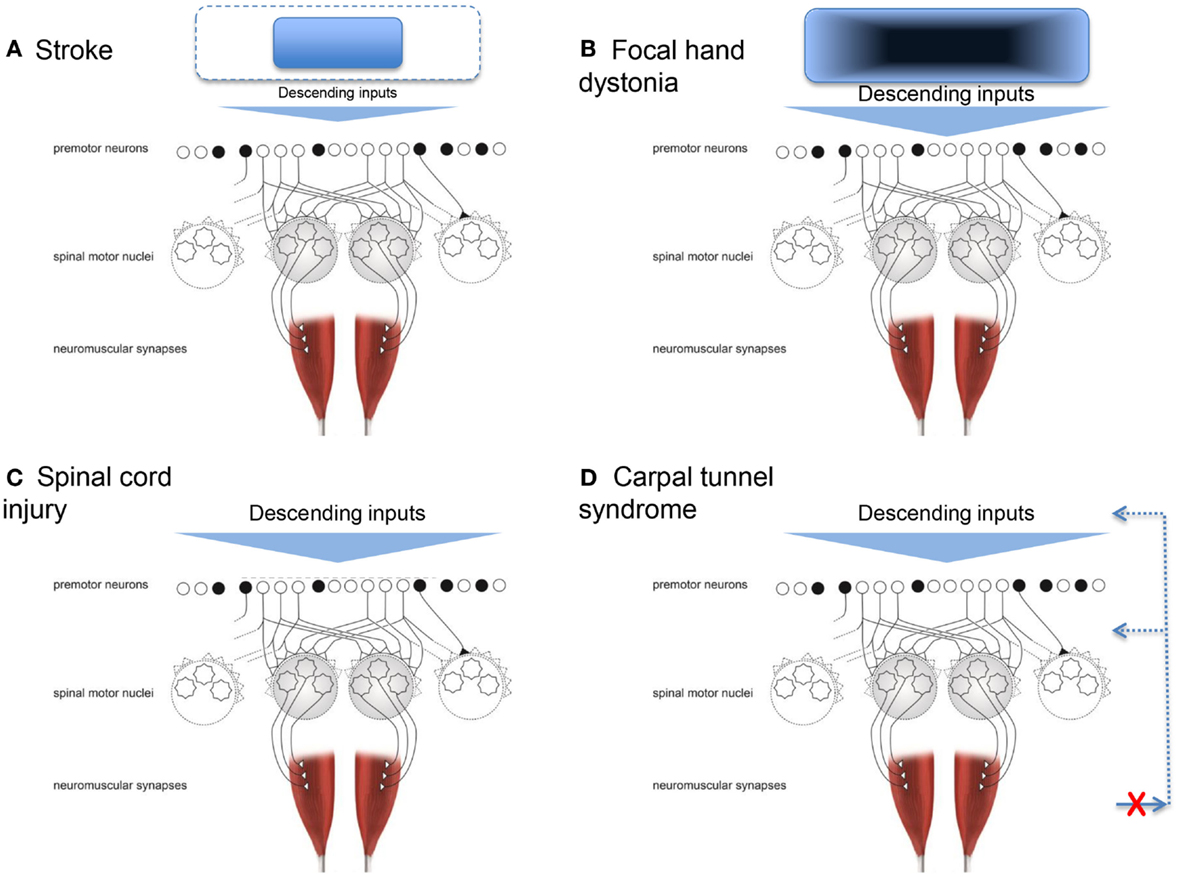

It has been proposed that the central nervous system addresses this problem by combining small groups of muscles that are coactivated in a fixed intensity ratio.

Consequently, a large number of degrees of freedom must be controlled by the central nervous system. The human musculoskeletal system comprises approximately 400 skeletal muscles that provide flexible solutions to various complex movements. The funder had no role in study design, data collection and analysis, decision to publish, or preparation of the manuscript.Ĭompeting interests: The authors have declared that no competing interests exist. This is an open access article distributed under the terms of the Creative Commons Attribution License, which permits unrestricted use, distribution, and reproduction in any medium, provided the original author and source are credited.ĭata Availability: All relevant data are within the paper and its Supporting Information file.įunding: The work was supported by the Japan Society for the Promotion of Science KAKENHI (25560330 and 17K13155 URL: ). Received: AugAccepted: OctoPublished: November 6, 2017Ĭopyright: © 2017 Suzuki et al. These results suggest that muscle synergies characterized by non-mechanical constraints are selectively recruited according to whether contraction of the knee extensor muscles is performed simultaneously, which is relatively consistent with the muscle synergy hypothesis.Ĭitation: Suzuki T, Kinugasa R, Fukashiro S (2017) Activation of plantar flexor muscles is constrained by multiple muscle synergies rather than joint torques. Similarly, the slope of the linear relationship between the plantar flexion torque and the ARV of the MG or soleus changed significantly with knee extensor contraction ( P = 0.031 and P = 0.041, respectively). The contraction of the knee extensor muscles induced a significant change in the slope of this relationship for both pairs of muscles (MG × soleus, P = 0.002 MG × LG, P = 0.006). At lower plantar flexion torque, regression analysis identified a clear linear relationship between the MG and soleus ARVs and between the MG and LG ARVs, suggesting the presence of muscle synergy ( r 2 > 0.65). Electromyographic activity was recorded from the vastus lateralis, medial gastrocnemius (MG), lateral gastrocnemius (LG), and soleus muscles and quantified using the average rectified value (ARV). During each plantar flexor contraction, the knee extensor muscles were isometrically contracted at 0%, 50%, or 100% of maximum effort. To compare the explanatory capacity of these hypotheses for describing muscle activation, we enrolled 12 male volunteers who performed isometric plantar flexor contractions at 10–100% of maximum effort. Nevertheless, such dimensionality reduction may also be explained using the perspective of alternative hypotheses, such as predictions based on linear combinations of joint torques multiplied by corresponding coefficients. Behavioral evidence has suggested that a small number of muscle synergies may be responsible for activating a variety of muscles.


 0 kommentar(er)
0 kommentar(er)
